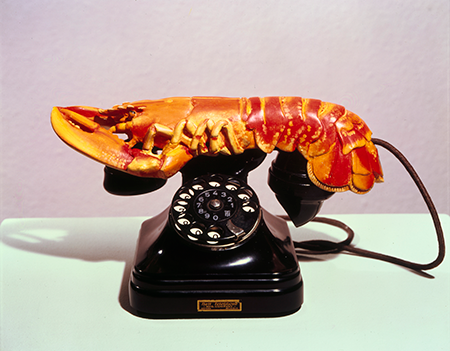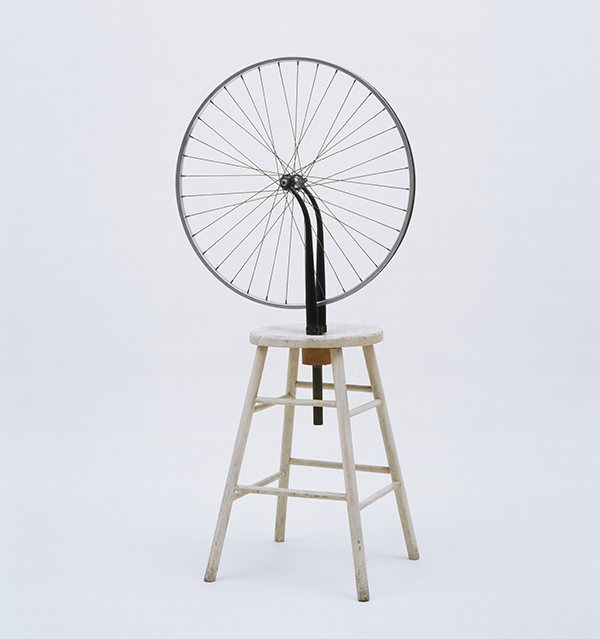20th Century & Contemporary Art, Evening Sale Part II
New York Auction 14 November 2023
31
Ambera Wellmann
Ritz
Estimate $40,000 - 60,000
Sold for $133,350
Create your first list.
Select an existing list or create a new list to share and manage lots you follow.
32
Lucy Bull
Dark companion
Estimate $400,000 - 600,000
Sold for $1,041,400
Create your first list.
Select an existing list or create a new list to share and manage lots you follow.
33
Lynne Drexler
Seasonal Green
Estimate $300,000 - 500,000
Create your first list.
Select an existing list or create a new list to share and manage lots you follow.
34
Gerhard Richter
Abstraktes Bild (636)
Estimate On Request
Sold for $34,800,000
Create your first list.
Select an existing list or create a new list to share and manage lots you follow.
35
This lot is no longer available.
36
Georg Baselitz
Ein Roter
Estimate $6,000,000 - 8,000,000
Sold for $7,320,000
Create your first list.
Select an existing list or create a new list to share and manage lots you follow.
37
Helen Frankenthaler
Fire
Estimate $2,000,000 - 3,000,000
Sold for $2,480,000
Create your first list.
Select an existing list or create a new list to share and manage lots you follow.
38
Gerhard Richter
Abstraktes Bild (557-3)
Estimate $2,000,000 - 3,000,000
Sold for $2,298,500
Create your first list.
Select an existing list or create a new list to share and manage lots you follow.
39
This lot is no longer available.
40
Georg Baselitz
Untitled
Estimate $300,000 - 400,000
Sold for $203,200
Create your first list.
Select an existing list or create a new list to share and manage lots you follow.
41
Pablo Picasso
Tête d'homme et nu assis
Estimate $1,800,000 - 2,500,000
Sold for $2,238,000
Create your first list.
Select an existing list or create a new list to share and manage lots you follow.
42
George Condo
Eyes Wide Open
Estimate $1,500,000 - 2,000,000
Sold for $1,391,000
Create your first list.
Select an existing list or create a new list to share and manage lots you follow.
43
This lot is no longer available.
44
Nicolas de Staël
Personnages au bord de la mer
Estimate $2,000,000 - 3,000,000
Sold for $2,359,000
Create your first list.
Select an existing list or create a new list to share and manage lots you follow.
45
Ben Sledsens
A second nice break
Estimate $120,000 - 180,000
Sold for $279,400
Create your first list.
Select an existing list or create a new list to share and manage lots you follow.
46
Jadé Fadojutimi
Quirk my mannerism
Estimate $600,000 - 800,000
Sold for $1,935,500
Create your first list.
Select an existing list or create a new list to share and manage lots you follow.
47
This lot is no longer available.
48
Damien Hirst
Covenant
Estimate $700,000 - 1,000,000
Sold for $952,500
Create your first list.
Select an existing list or create a new list to share and manage lots you follow.
49
Barbara Kruger
Untitled (Our prices are insane!)
Estimate $500,000 - 700,000
Sold for $571,500
Create your first list.
Select an existing list or create a new list to share and manage lots you follow.
50
Keith Haring
Untitled
Estimate $2,800,000 - 3,500,000
Sold for $3,206,000
Create your first list.
Select an existing list or create a new list to share and manage lots you follow.
51
Jeff Koons
Balloon Venus Dolni Vestonice (Magenta)
Estimate $3,000,000 - 5,000,000
Create your first list.
Select an existing list or create a new list to share and manage lots you follow.
52
Donald Judd
Untitled
Estimate $600,000 - 800,000
Sold for $863,600
Create your first list.
Select an existing list or create a new list to share and manage lots you follow.
53
Pablo Picasso
Tête de femme au chapeau
Estimate $700,000 - 1,000,000
Sold for $889,000
Create your first list.
Select an existing list or create a new list to share and manage lots you follow.
54
Christina Quarles
Floored
Estimate $250,000 - 350,000
Sold for $228,600
Create your first list.
Select an existing list or create a new list to share and manage lots you follow.
55
Lucio Fontana
Concetto spaziale, Attese
Estimate $1,500,000 - 2,000,000
Sold for $1,512,000
Create your first list.
Select an existing list or create a new list to share and manage lots you follow.
56
Emilio Vedova
Ciclo della Protesta (Brasile '56)
Estimate $400,000 - 600,000
Sold for $698,500
Create your first list.
Select an existing list or create a new list to share and manage lots you follow.
57
KAWS
UNTITLED (DBZ2)
Estimate $1,000,000 - 1,500,000
Sold for $1,875,000
Create your first list.
Select an existing list or create a new list to share and manage lots you follow.
58
Jeff Koons
Lobster Log
Estimate $1,000,000 - 1,500,000
Sold for $1,270,000
Create your first list.
Select an existing list or create a new list to share and manage lots you follow.
59
Elizabeth Peyton
Mendips, 1963
Estimate $900,000 - 1,200,000
Sold for $1,206,500
Create your first list.
Select an existing list or create a new list to share and manage lots you follow.
60
Henry Taylor
Government Cheese
Estimate $100,000 - 150,000
Sold for $177,800
Create your first list.
Select an existing list or create a new list to share and manage lots you follow.

